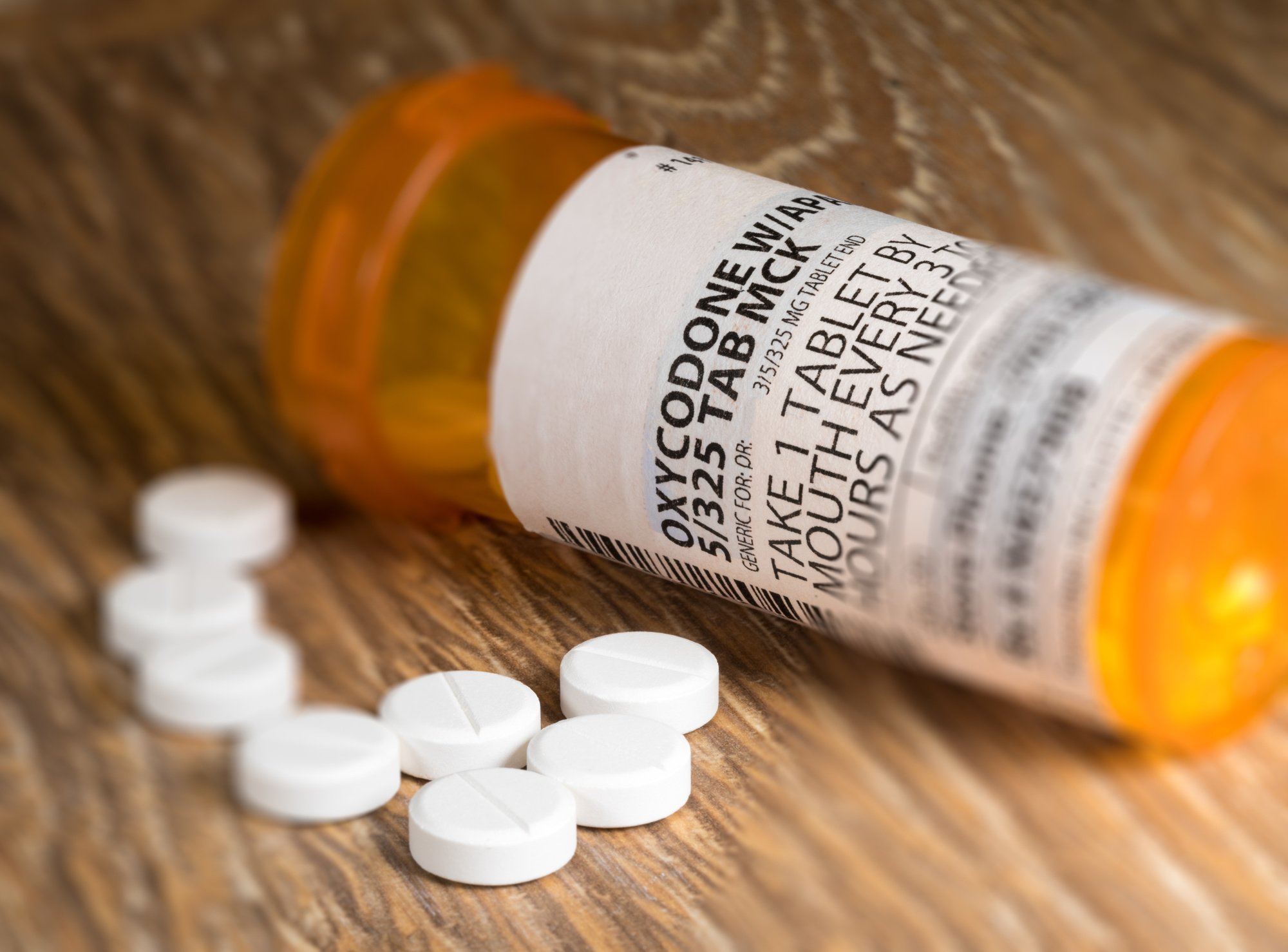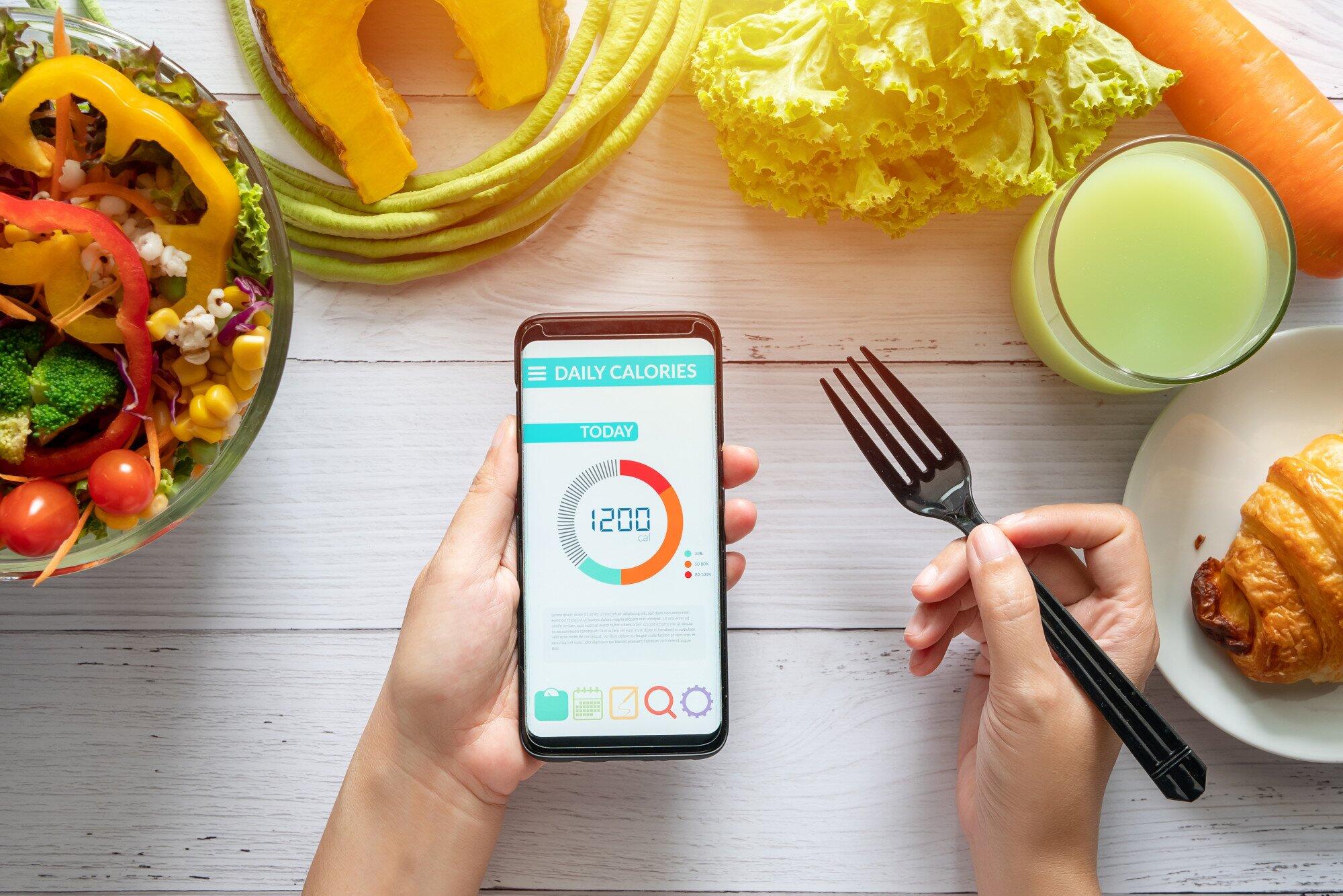Chronic pain is a significant health crisis in the United States. It impacts approximately one in five people daily, which is higher than the prevalence of the most common chronic diseases.
Opioid drugs like oxycodone help treat individuals suffering from chronic pain. However, just because opioids come with a prescription does not make them safe for everyone, especially when used without a doctor’s supervision.
One of the greatest dangers of opioids like oxycodone is overdose. If not taken seriously, symptoms of an oxycodone overdose may lead to coma or even death. That is why it is crucial to know the signs to watch for.
If you want to learn more about opioid overdose, how to treat it, and the best way to prevent it, this guide is for you. Read on for the life-saving facts you need to know about therapeutic yet risky opioids like oxycodone.
Symptoms of an Oxycodone Overdose
Unconsciousness or unresponsiveness, pinpoint pupils, and slow, shallow, or stopped breathing are the hallmark symptoms that someone is overdosing on an opioid like oxycodone. Other signs to watch for include:
- Pale skin
- Clammy skin
- Limpness
- Purple or blue lips
- Purple or blue fingernails
- Vomiting
- Gurgling noises
- Slowed pulse
Experts often refer to the following three symptoms as the triad of opioid overdose. They are the most common signs that someone has taken too many opioids and is experiencing a severe overdose requiring immediate medical attention.
Unconsciousness or Unresponsiveness
Opioids like oxycodone are central nervous system depressants. That means they slow the activity of the brain. When taken in very large doses, oxycodone can lead to unconsciousness for this reason.
You may have trouble telling if someone is asleep or unconscious. In this case, gently shake the person or call their name. If they do not wake up or respond, they are unresponsive, which is a hallmark sign of an opioid overdose.
Pinpoint Pupils
You may have heard of dilated pupils about drugs of abuse. Dilation occurs when pupils become very large. Pinpoint pupils are the opposite; they occur when the pupils become very small.
It is possible to test someone for pinpoint pupils. Shine a very bright light on the pupil. If the pupil remains small when exposed to light, this is another hallmark sign of an opioid overdose.
Slow, Shallow, or Stopped Breathing
Opioids do not just suppress the brain’s activity. They can also slow or even shut off breathing. As a result, the person may breathe very slowly or not at all, the third hallmark sign of an opioid overdose.
If you are unsure whether someone has stopped breathing, the first step is to tilt their head back. Place your hand above their open mouth and feel for breath, or watch their chest for movement.
What to Do If Someone Overdoses on Opioids
If someone overdoses on an opioid like oxycodone, call 911 immediately. Administer CPR to someone who has stopped breathing and, if possible, give them Naloxone/NARCAN while you wait for emergency authorities to arrive.
Call 911
If someone is experiencing any of the symptoms mentioned above after taking oxycodone or another opioid, call 911 immediately. The opioid overdose triad and additional symptoms we listed are signs of an emergency.
Sometimes, friends or loved ones may be afraid to call for emergency help. However, without seeking help immediately, the person is at risk of a fatal overdose. Making the call can save a life.
Perform CPR
CPR is necessary for someone who has stopped breathing or has very slow, shallow breaths. It is ideal for someone who is trained in CPR to administer this life-saving technique until emergency medical assistance arrives.
If there is no one with CPR training available, refer to the American Red Cross Adult CPR Steps or seek advice from the telephone operator when you call for emergency medical help.
Administer Naloxone
The only way to treat an overdose once someone has taken a life-threatening dose of opioids is to administer Naloxone. Also known as NARCAN, this life-saving medication can slow or even stop overdose symptoms.
While this medication should never be used in place of calling 911 and administering CPR, if necessary, knowing where to get Naloxone/NARCAN and keeping it on hand can be life-saving while you wait for help to arrive.
Preventing Opioid Overdose
Taking steps to prevent opioid overdose can save lives. That means always taking prescription opioids according to a doctor’s recommendations, not using opioids if you don’t have a prescription, and getting addiction help if needed.
Take Your Prescription as Recommended
Doctors only prescribe opioids when they believe the benefits outweigh the risks. Still, you should always adhere to your prescription. Only take the dose your doctor prescribed at the time they prescribe it.
Additionally, pay close attention to drug interactions. Never take opioids with alcohol or other substances to reduce your risk of overdose.
Never Use Someone Else’s Prescription
It is illegal to use prescription opioids without a prescription. Not only that but taking someone else’s prescription or using illicit opioids can greatly increase the risk of a fatal overdose.
Using illegally-made opioids is extremely dangerous. These substances may be mixed with other drugs that can significantly increase the chances of dying.
Get Opioid Addiction Treatment
Having an opioid use disorder is a risk factor for overdose. If you or someone you know is addicted to opioids like oxycodone, addiction treatment can help you reclaim your life and prevent the fatal symptoms of overdose.
Addiction risk is highest among those who abuse illegal opioids. But you can still become addicted to opioids if you have a valid prescription.
The Side Effects of Oxycodone Can Be Fatal
Symptoms of an oxycodone overdose include unconsciousness, small pupils, and weak or stopped breathing. If you or someone you know showcases these signs, call 911 immediately and administer Narcone when possible.
Are you searching for more advice about health and life? We have more articles like this one on our blog, so keep scrolling to find the tips, tricks, and advice you have been looking for.





